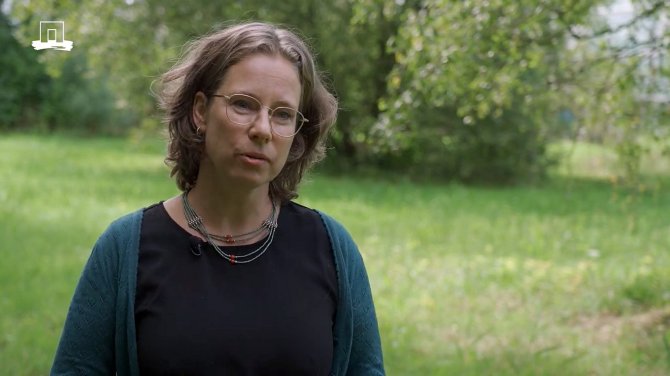During the Opening of the Academic Year at Wageningen University & Research on 2 September, research associate Hester Biemans explains how water and food are interrelated in a large area: the Himalayas. "When snow and ice start melting earlier, you won't have water for crops later in the year."
By 2050, the world's population is expected to have reached 10 billion. Food production will then inevitably continue to increase, along with the demand for fresh water. Not everywhere gets enough rain to grow crops. Vast, low-lying areas depend on river water from the mountains. Global warming is changing this drainage of water. "This has not yet been sufficiently highlighted in downstream regions where many people live," says Hester Biemans, research associate for Water and Food Security at Wageningen Environmental Research.
"As the planet heats up, glaciers will continue to shrink and snow and ice will start melting earlier in the year. The question is whether food security in downstream regions will be at risk if that discharge of water from the mountains changes," Biemans continues. Her focus is on the world's largest mountain range, the Himalayas, and the other mountain ranges in central Asia. Crops that require a lot of water, like rice, grow in river basins that originate in these mountains. Before the rainy season, those crops often rely on irrigation.
Comparing river basins
In recent years, Biemans studied the Indus River basin. Now she is studying 12 rivers flowing in all directions from the Himalayas to regions where different crops grow and where population growth also varies. "We are now expanding the research to an even larger area where there is a lot of irrigated agriculture and where much of the world's food production takes place," she explains. "Nowadays, we are much better able to combine information from different models. Much more data is available from mountain meltwater runoff, changes in precipitation patterns, locations of irrigation canals, growing seasons of crops, population growth or shrinkage and water use for other purposes."

Biemans and her colleagues hope to find out where problems arise from global warming and growing food demand. "It's about trends in river discharge combined with downstream processes. For example, early in the year a crop was irrigated with river water coming from glaciers and later the rainy season brought sufficient water to the fields. But that situation may change. If that meltwater flows down the mountain earlier in the year, it may not be available at the time the crop is growing. For water-guzzling cotton and food crops, this could soon become a problem."
Calculating strategies for the future
Once the problems are identified, Biemans can calculate strategies and see if they improve food security in the future. For example, it is worth considering replacing a water-guzzling crop with a different crop. Or adjusting the timing of sowing and harvesting or taking combinations of measures. "We show the difference that policy choices make when food security problems arise."
She hopes her research will lead to follow-up steps together with stakeholders from the region. "That's ultimately my plan. This research needs to find its way into the field where it is needed." In this next phase, we must move from strategies to policies. "The question then is: as a government, how do you respond now to changes in water management in the future?"
Biemans therefore concludes by making a link to the research of Wieke Pot, Assistant Professor of Public Administration who is also speaking at the Opening of the Academic Year. Pot's research focuses on how government agencies and organisations can make effective decisions about water management to ensure that countries and regions are prepared for the consequences of climate change. Biemans: "That knowledge is needed all over the world. It would complement my research nicely to see how governments in the Himalayas can respond to change. Perhaps we can collaborate with each other in the next steps in my project. Our studies can strengthen each other."






